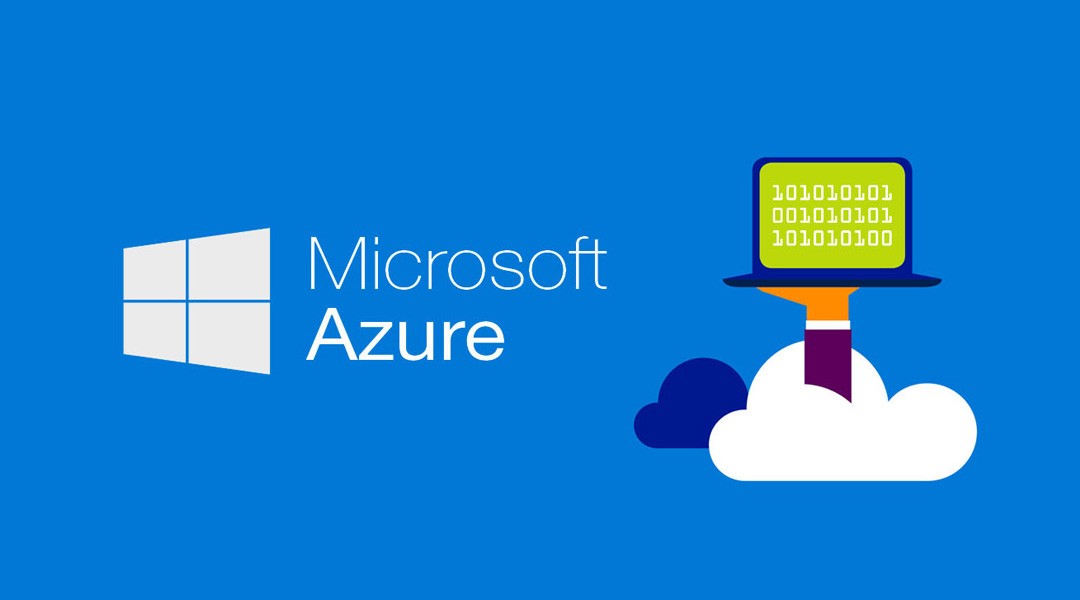AZ-900 Cheat Sheet 3
 Avishkar
Avishkar
Cloud Deployment Model
Cloud Deployment Model is simple a separation which describes where are the company resources deployed. Whenever this is in public cloud provider environment or private datacenter.
Below table presents high level deployment model separation
| Layer | Cloud Provider | Own Datacenter |
| Public | ✅ | ✖ |
| Hybrid | ✅ | ✅ |
| Private | ✖ | ✅ |
Public Cloud
| Cloud Provider | Own Datacenter |
| ✅ | ✖ |
Key Characteristics
Everything runs on cloud provider hardware
No local hardware
Some services share hardware with other customers
Advantages
No CapEx (No initial investment)
High Availability
Agility
Pay as you Go (PAYG) pricing
No hardware maintenance
No deep technical skills required
Disadvantages
Not all security and compliance policies can be met
No ownership over the physical infrastructure
Rare specific scenarios can’t be done
Private Cloud
| Cloud Provider | Own Datacenter |
| ✖ | ✅ |
Key Characteristics
Everything runs on your own datacenter
Self-service should be provided
You maintain the hardware
Advantages
Can support any scenario
Total control over security and infrastructure
Can meet any security and compliance policy
Disadvantages
Initial investment is required (CapEx)
Limited agility constrained by server capacity and team skills
Very dependent on IT skills & expertise
Hybrid Cloud
| Cloud Provider | Own Datacenter |
| ✅ | ✅ |
Key Characteristics
- Combines both Public & Private cloud
Advantages
Great flexibility
You can run any legacy apps in private cloud
Can utilize existing infrastructure
Meet any security& compliance requirements
Can take advantage of all public cloud benefits
Disadvantages
Can be more expensive
Complicated to manage due to larger landscape
Most dependent on IT skills & expertise from all three models
Subscribe to my newsletter
Read articles from Avishkar directly inside your inbox. Subscribe to the newsletter, and don't miss out.
Written by
